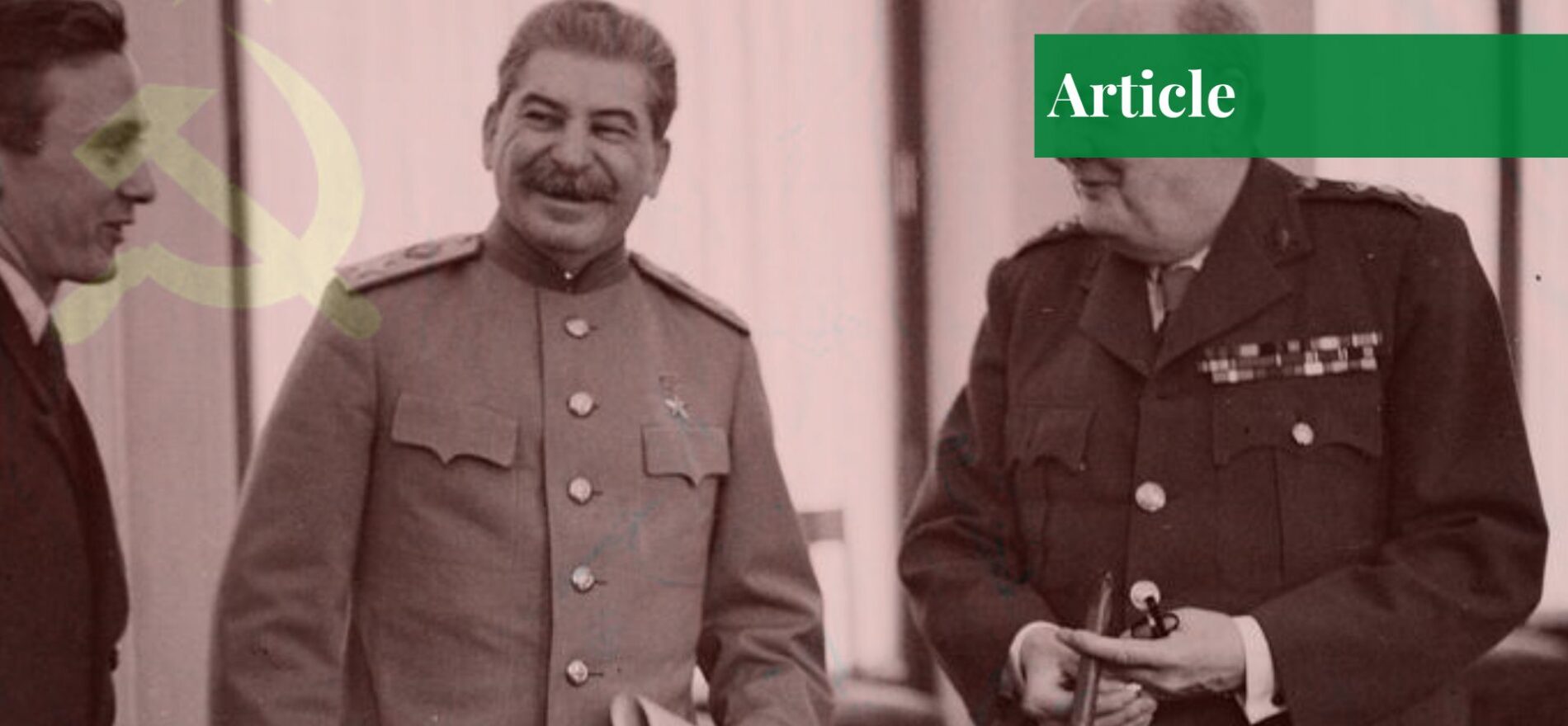The Anglo-Soviet invasion of Iran, referred to as Operation Countenance, was conducted by England and the Soviet Union on 25th August 1941. England and the USSR had become formal allies by July 1941 amidst the Second World War. Yet, this invasion was overshadowed by other significant events during the war which prevented it from gaining attention from the international community at large.
Background and Invasion
In the years leading up to the invasion, Iran found itself gradually modernizing and secularizing under the authoritarian rule of Reza Shah Pahlavi. However, this authoritarian rule and effort to assert dominance in South Asia engendered skepticism from England and the Soviet Union who considered Iran a threat with the potential to create a breeding ground for Nazi influence. Moreover, Iran’s geostrategic significance along with its natural resources of oil were of great interest to both England and the Soviet Union.
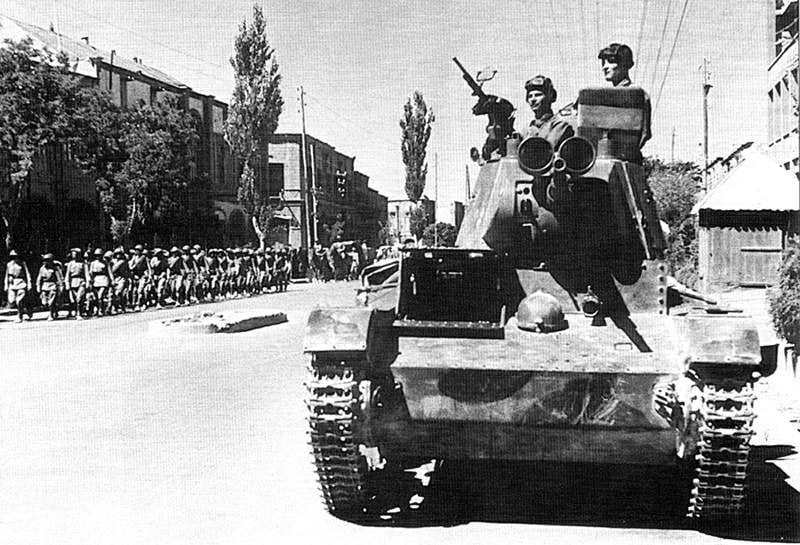
The desire to secure Iranian territory along with its resources propelled both England and the Soviet Union to invade Iran. The Anglo-Soviet invasion of Iran commenced on August 25 1941 without a prior caveat. Before the invasion, two letters were sent to the government of Iran to expel the residents of Germany from their country. As they did not receive a satisfactory answer in return, they decided to proceed with the invasion.
Reza Shah Pahlavi inquired about the motives of the invasion and received a response indicating that it was because of the Germans residing or seeking asylum in the country. Pahlavi attempted to gain protection and assistance from the United States but was met with a nonchalant reply from Franklin D. Roosevelt who stated that he would not be able to provide any assistance but ensured that the territorial integrity of Iran would remain intact.
The invasion lasted for a total of six days, with England and the Soviet Union having gained complete access to the skies of Iran along with large strips of territory. There were low casualties on all sides. After Tehran was captured, water and food shortages compelled soldiers to surrender along with the inherent fear of being killed if captured by the Allies.
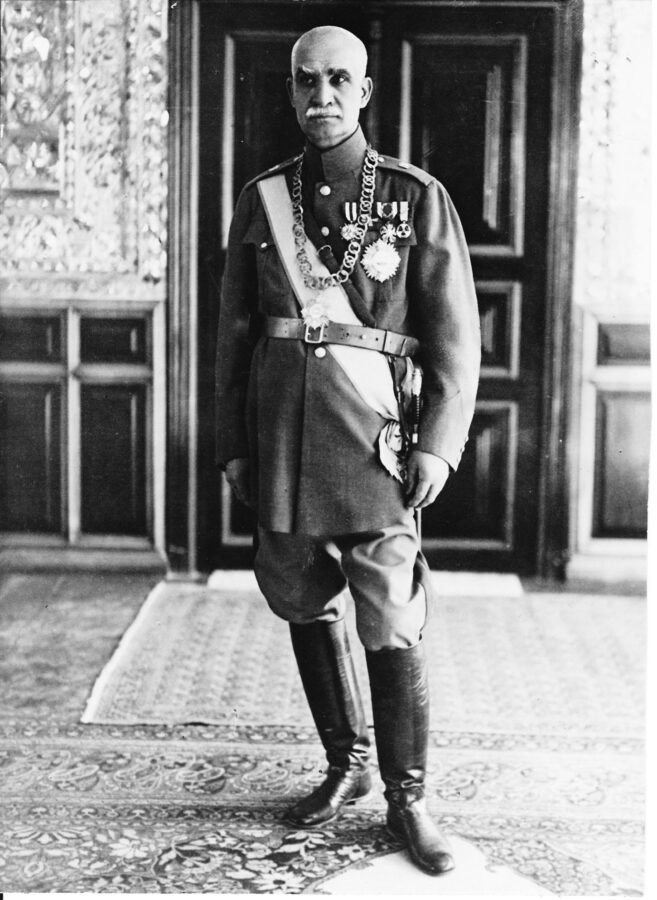
Reza Shah Pahlavi attributed the invasion to administrators and generals who were unable to competently perform their responsibilities; he stripped both Prime Minister Ali Mansur and General Ahmed Nakhjavan, head of the armed forces, of their positions. He instead appointed Mohammad Ali Foroughi as the new Prime Minister of Iran. Subsequently, when Pahlavi concluded that Iran would be unable to defend itself against the two powerful countries, he wrote a letter calling for a ceasefire.
The Britians demanded that the German ministers be deported to Germany and all other German nationals be handed over to proceed with the ceasefire. After the agreement, Reza Shah Pahlavi signed an abdication letter and attempted to flee the country. He was captured and exiled by the British, while Mohammad Reza Pahlavi became the new Shah of Iran.
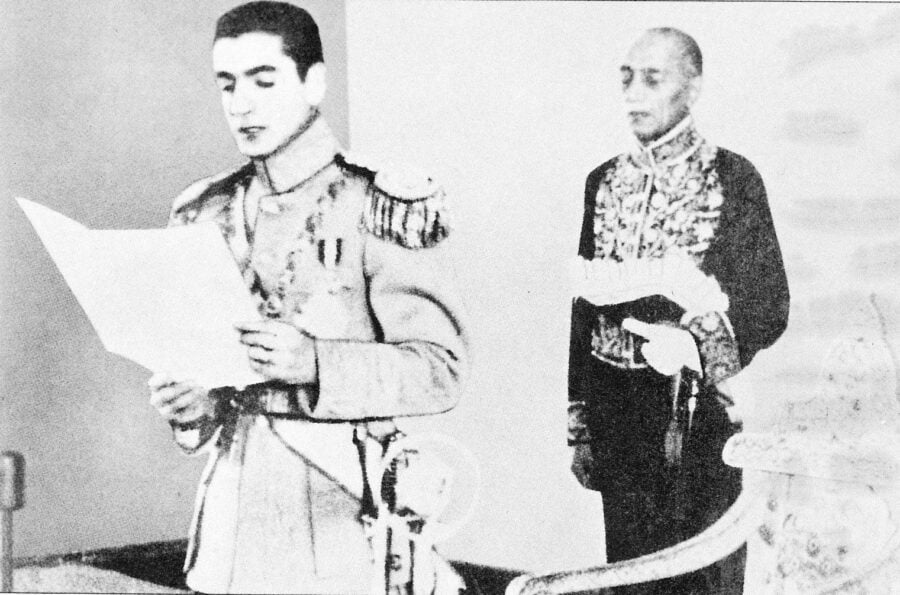
The Allies officially withdrew from Iran on 17th October 1941 and the country was partitioned between the British and the Soviet Union, with the northern part under British control and the south of Hamadan and Qazvin under the control of the Soviet Union.
Motives
The Anglo-Soviet invasion of Iran was driven by a plethora of intricate motives including economic and political. Firstly, the oil reserves that Iran possessed were highly desired by both the Soviet Union and England who wanted to ensure that Germany would not procure them and utilize them to its advantage. England, specifically, was afraid that the Abadan Refinery would fall into the hands of the Germans. The refinery was of utmost importance as it provided the oil to the Allies which was crucial to power tanks and other weaponry.
Moreover, given its strategic location, Iran provided a promising route to the Soviet Union that could be used for supplying aid to the Allies. Beyond economic and geostrategic motives, England and the USSR were skeptical of Iran’s sentiments towards the Nazis. The Iranian authoritarian rule emulated a strategy akin to that of Germany. In fact, Reza Shah Pahlavi lauded Germany’s centralized government and its ability to make the necessary changes swiftly. As a result, the Allies were anxious that Iran would either support Germany through economic means or benefit it through another method.
Conclusion
In conclusion, the Anglo-Soviet invasion was a tragic event for Iran. The people of the country were stripped of their land and resources; both England and the Soviet Union achieved their objectives of securing oil, ending Reza Shah Pahlavi’s authoritarian regime, and successfully preventing an Iranian-German nexus from materializing.
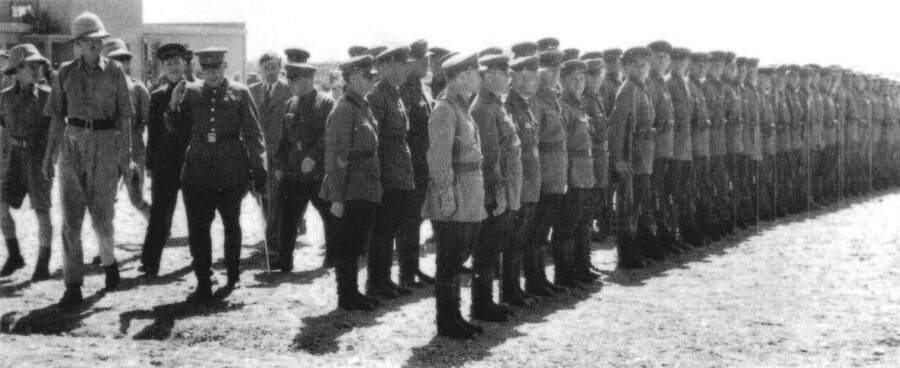
However, those six days traumatized the country’s populace who have yet to view the West in a positive light. These memories and sentiments have remained indelibly in the minds of Iranians who have yet to cooperate and maintain political relationships with countries like the United States and England.
If you want to submit your articles and/or research papers, please check the Submissions page.
The views and opinions expressed in this article/paper are the author’s own and do not necessarily reflect the editorial position of Paradigm Shift.
